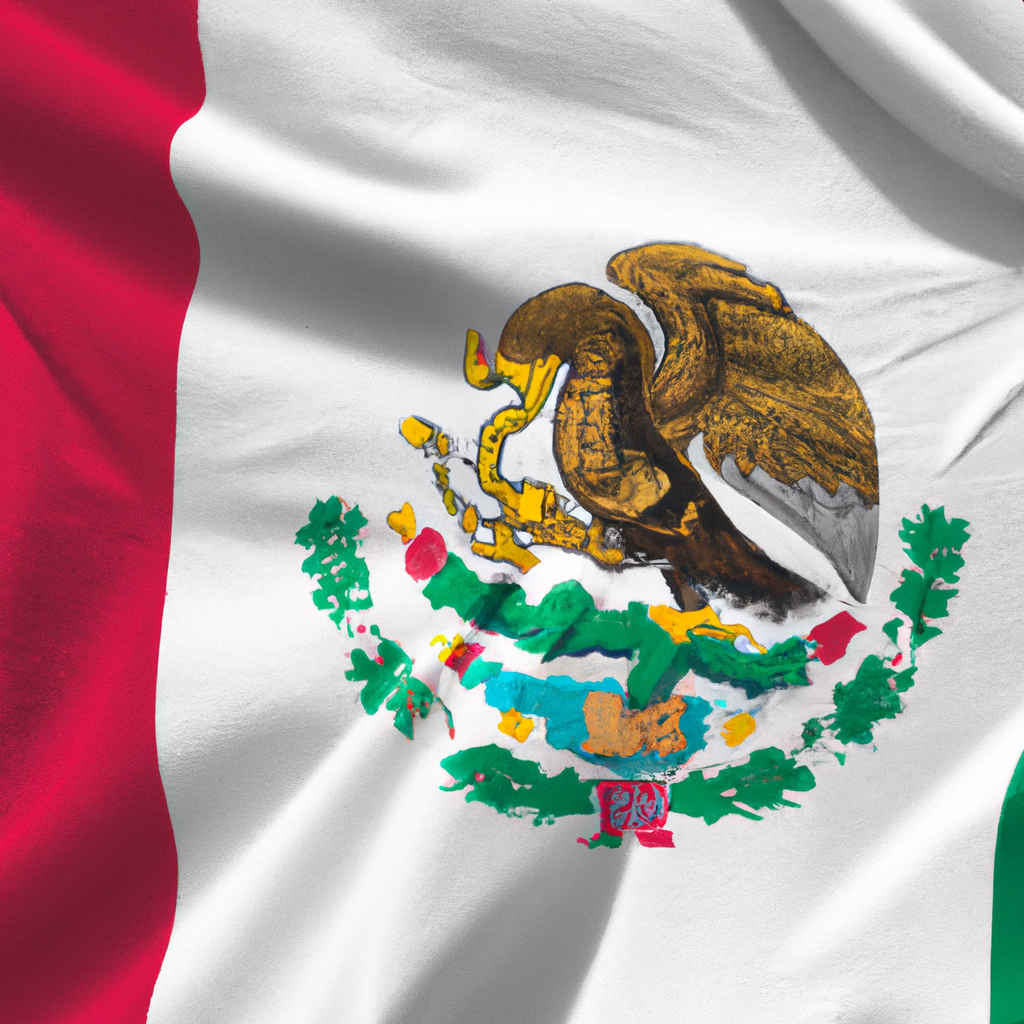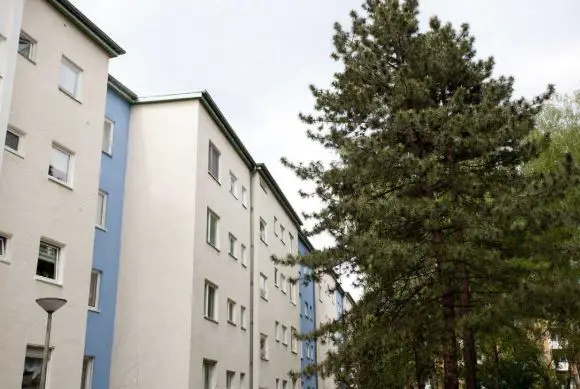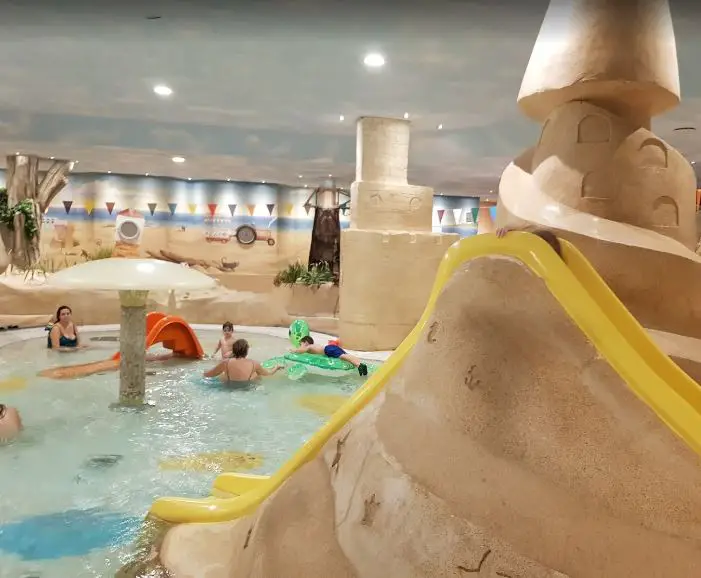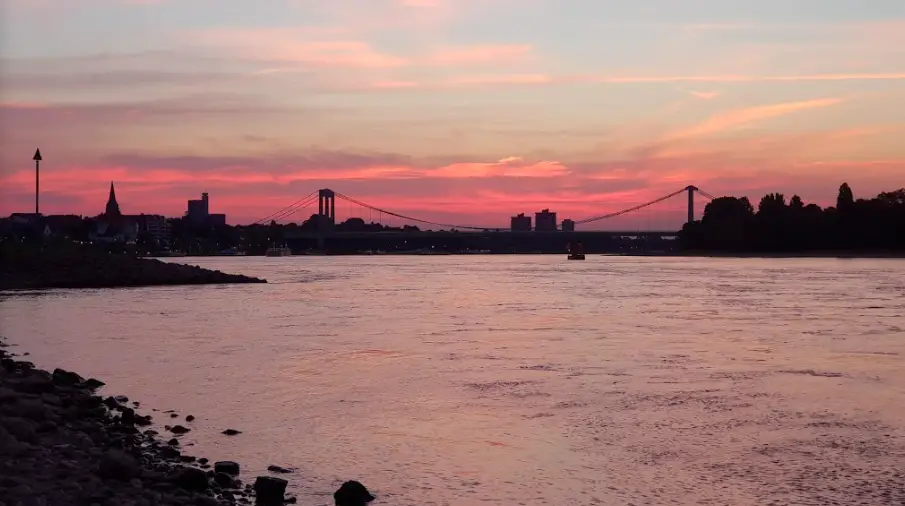What should I do in case of a natural disaster while in Mexico?
Post ByAdequate Travel
Summary
When traveling to Mexico, it's important to be prepared in case of a natural disaster such as an earthquake, flood, hurricane, or volcanic eruption. In this blog post, you will discover essential steps to take to stay safe in case of a natural disaster while in Mexico. Learn how to stay safe and protect yourself and your possessions when disaster strikes!
It's essential to stay updated with international travel information, especially when planning a foreign trip, to navigate any changes in travel advisory or travel warnings.
In case of a natural disaster while in Mexico, there are several steps you can take to ensure your safety. Here's a detailed guide with headings and examples:1. Stay informed: - Monitor local news and weather reports regularly, especially during the rainy season or periods prone to hurricanes, earthquakes, or volcanic activity. - Sign up for emergency alerts from the Mexican government, such as the National Emergency Alert System (Sistema de Alerta Sísmica) or the mobile app CENAPRED (Centro Nacional de Prevención de Desastres). - Follow official social media accounts of local authorities, civil protection agencies, or the National Meteorological Service (Servicio Meteorológico Nacional) for real-time updates.2. Create an emergency plan: - Develop an emergency plan and share it with your travel companions or family members. - Identify safe areas or shelters, evacuation routes, and meeting points. - Prepare a communication plan, including emergency contact numbers (embassy or consulate, local authorities, accommodation) and a backup method of communication (radio, satellite phone).3. Prepare an emergency kit: - Include essential supplies such as bottled water, non-perishable food items, flashlight, batteries, power bank, first aid kit, medications, radio, basic tools, extra clothing, cash, copies of important documents (passport, visa, identification), and a list of emergency contacts. - Consider specific needs such as baby food, diapers, pet supplies, or any necessary medical equipment.4. Know your surroundings: - Familiarize yourself with the specific risks in the area you are visiting. For example, coastal regions may be prone to hurricanes, while central or southern Mexico may experience earthquakes. - Identify potential hazards within your immediate vicinity, such as tall buildings, unstable structures, or flood-prone areas. - Be aware of local emergency services, hospitals, or designated evacuation centers.5. During an earthquake: - If indoors, take cover under sturdy furniture, stay away from windows, and protect your head. - If outside, move to an open area away from buildings, trees, and power lines. - If driving, safely pull over to the side of the road, avoiding overpasses, bridges, or large buildings.6. During a hurricane or strong storm: - Stay indoors and close all windows, doors, and curtains. Keep distance from glass panels or large windows. - Avoid basements or lower levels in flood-prone areas. - If advised to evacuate, follow instructions from local authorities and move to a designated shelter or safer location.7. After a natural disaster: - Stay informed through official sources for updates on the situation, road conditions, and safety instructions. - Check yourself and others for injuries, and provide first aid if possible. - Inspect your surroundings for potential hazards, damages, or gas/water leaks. Report any emergency situations to local authorities. - Follow local guidelines when it comes to cleaning up, electrical safety, or temporary relocation if necessary.Remember, each natural disaster may require specific actions, so it is crucial to remain responsive to official guidance and adapt accordingly.
In case of a natural disaster while in Mexico, there are several steps you can take to ensure your safety. Here's a detailed guide with headings and examples:1. Stay informed: - Monitor local news and weather reports regularly, especially during the rainy season or periods prone to hurricanes, earthquakes, or volcanic activity. - Sign up for emergency alerts from the Mexican government, such as the National Emergency Alert System (Sistema de Alerta Sísmica) or the mobile app CENAPRED (Centro Nacional de Prevención de Desastres). - Follow official social media accounts of local authorities, civil protection agencies, or the National Meteorological Service (Servicio Meteorológico Nacional) for real-time updates.2. Create an emergency plan: - Develop an emergency plan and share it with your travel companions or family members. - Identify safe areas or shelters, evacuation routes, and meeting points. - Prepare a communication plan, including emergency contact numbers (embassy or consulate, local authorities, accommodation) and a backup method of communication (radio, satellite phone).3. Prepare an emergency kit: - Include essential supplies such as bottled water, non-perishable food items, flashlight, batteries, power bank, first aid kit, medications, radio, basic tools, extra clothing, cash, copies of important documents (passport, visa, identification), and a list of emergency contacts. - Consider specific needs such as baby food, diapers, pet supplies, or any necessary medical equipment.4. Know your surroundings: - Familiarize yourself with the specific risks in the area you are visiting. For example, coastal regions may be prone to hurricanes, while central or southern Mexico may experience earthquakes. - Identify potential hazards within your immediate vicinity, such as tall buildings, unstable structures, or flood-prone areas. - Be aware of local emergency services, hospitals, or designated evacuation centers.5. During an earthquake: - If indoors, take cover under sturdy furniture, stay away from windows, and protect your head. - If outside, move to an open area away from buildings, trees, and power lines. - If driving, safely pull over to the side of the road, avoiding overpasses, bridges, or large buildings.6. During a hurricane or strong storm: - Stay indoors and close all windows, doors, and curtains. Keep distance from glass panels or large windows. - Avoid basements or lower levels in flood-prone areas. - If advised to evacuate, follow instructions from local authorities and move to a designated shelter or safer location.7. After a natural disaster: - Stay informed through official sources for updates on the situation, road conditions, and safety instructions. - Check yourself and others for injuries, and provide first aid if possible. - Inspect your surroundings for potential hazards, damages, or gas/water leaks. Report any emergency situations to local authorities. - Follow local guidelines when it comes to cleaning up, electrical safety, or temporary relocation if necessary.Remember, each natural disaster may require specific actions, so it is crucial to remain responsive to official guidance and adapt accordingly.
Suggested Questions
- Templo de Santo Domingo, Oaxaca City: Horror Story, History & Paranomial Activities
- Hacienda Temozón Sur, Yucatán: Horror Story, History & Paranomial Activities
- Panteón de San Fernando, Mexico City: Horror Story, History & Paranomial Activities
- Museo de las Ánimas, Guanajuato City: Horror Story, History & Paranomial Activities
- Hacienda Santa Ana, Tepotzotlán, Mexico State: Horror Story, History & Paranomial Activities
- Templo de la Merced, Aguascalientes City: Horror Story, History & Paranomial Activities











